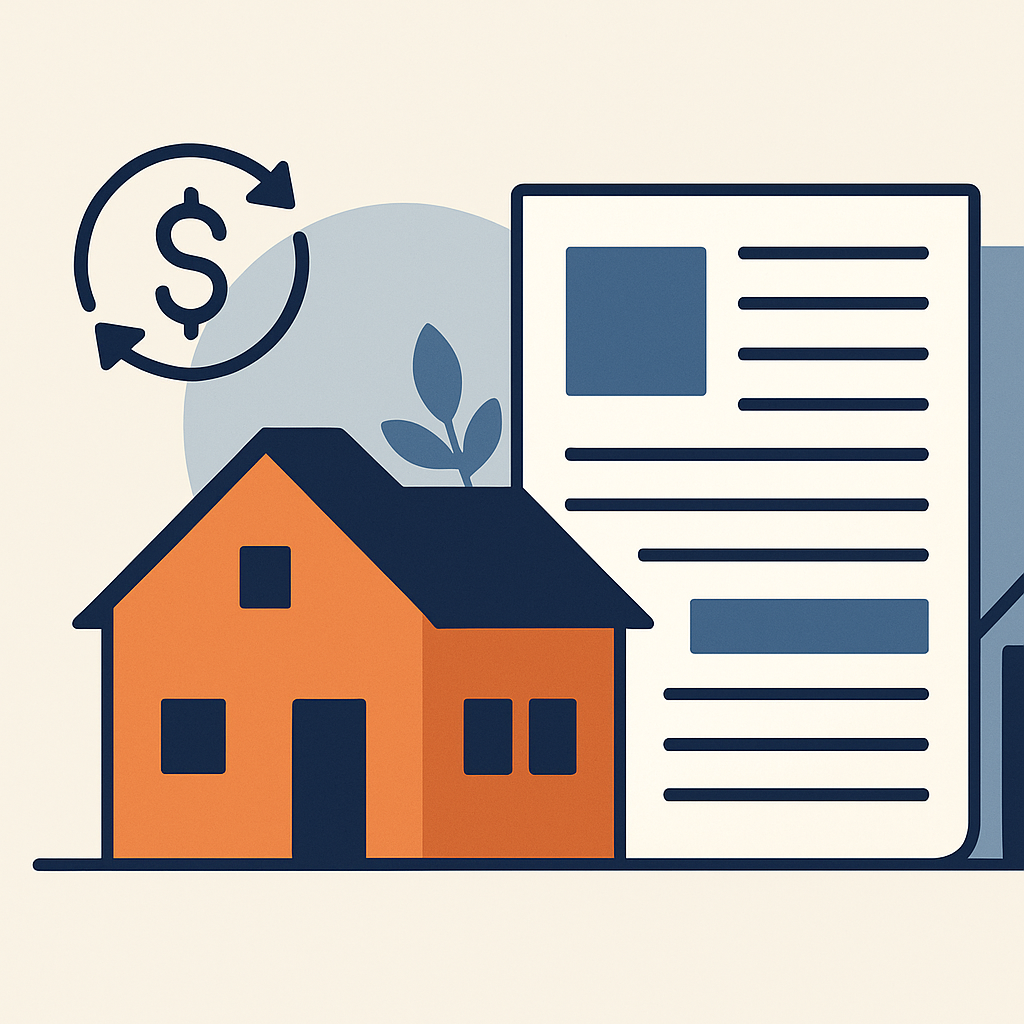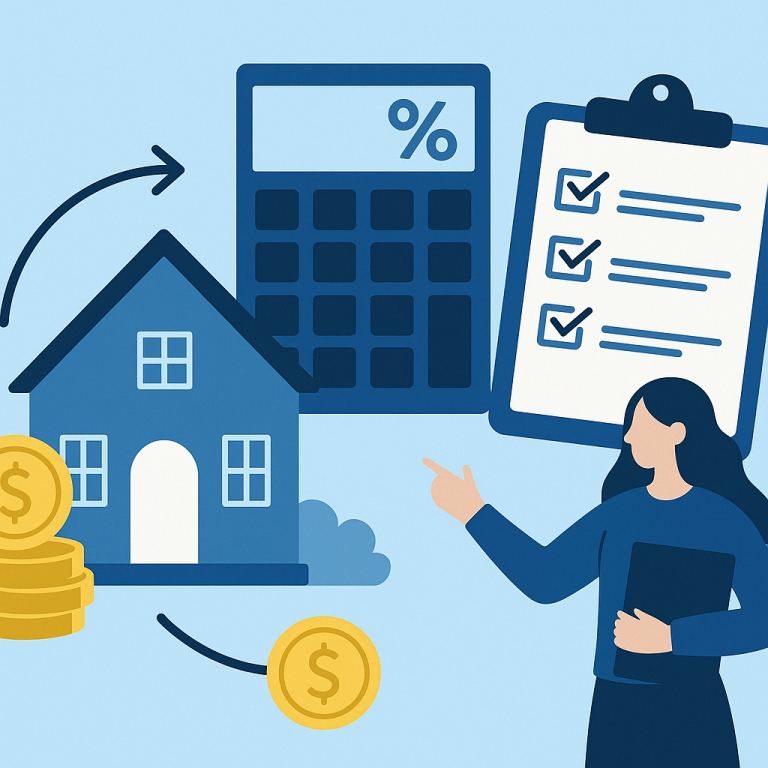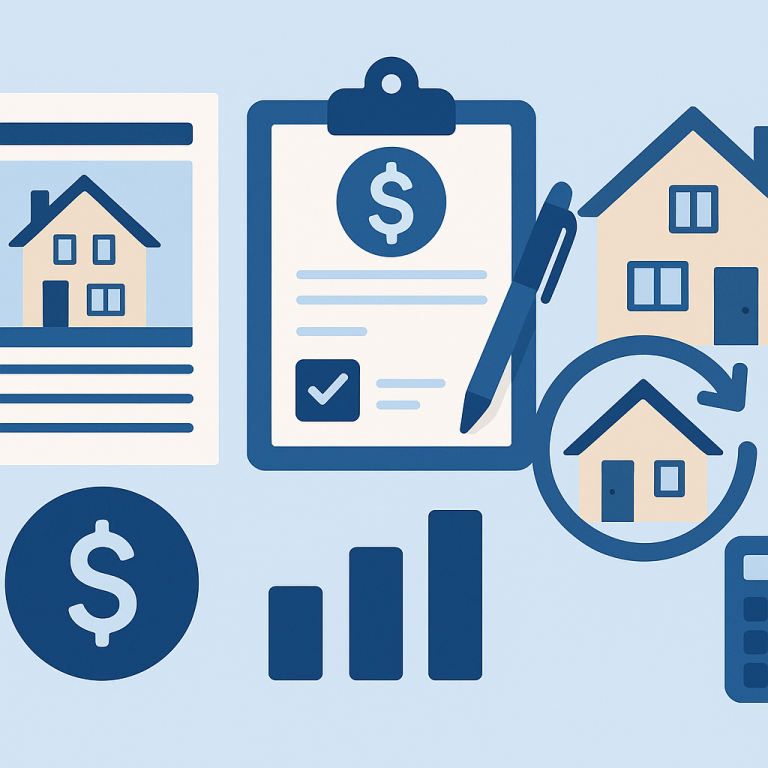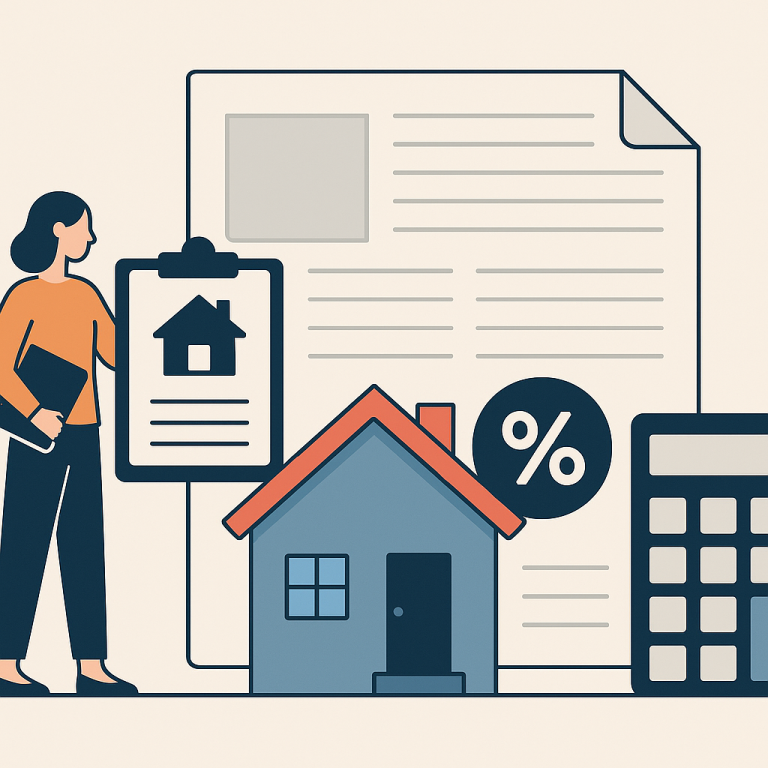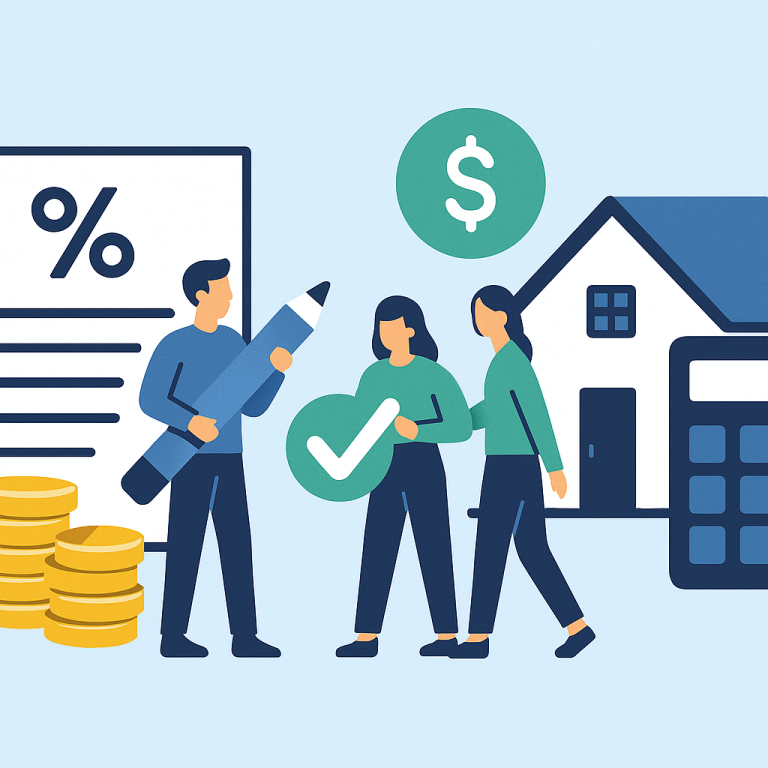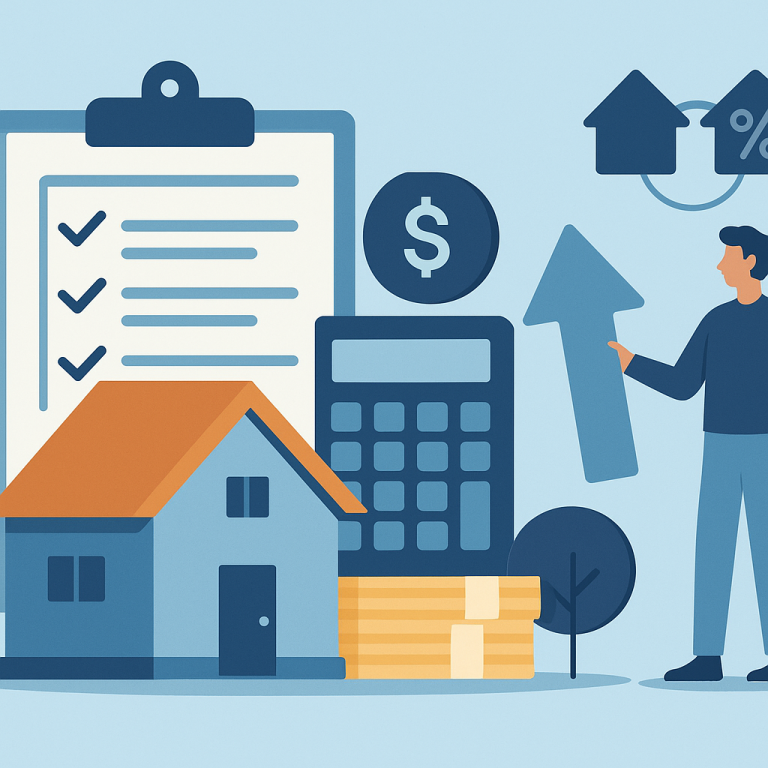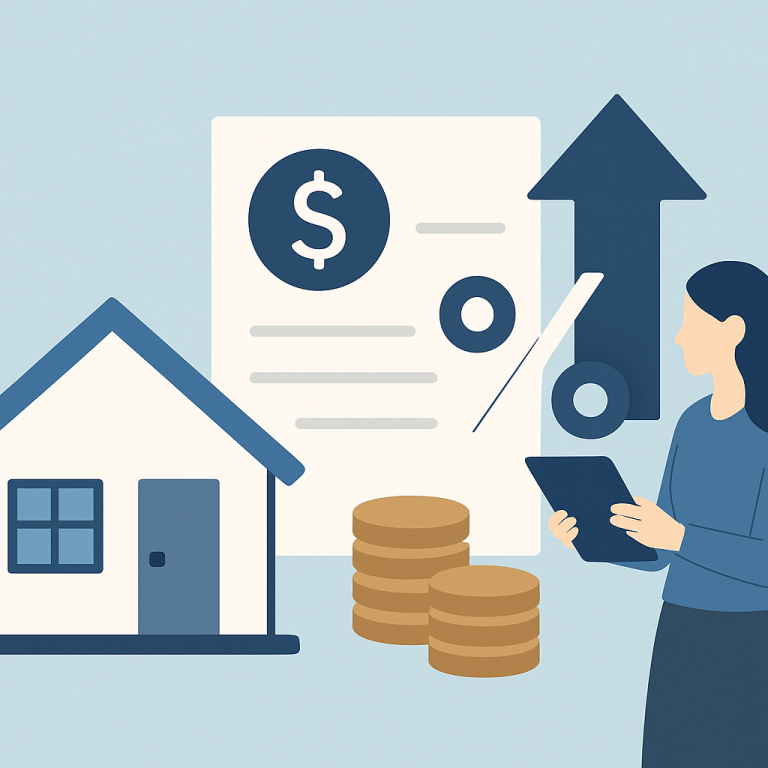Major Lenders Slash Refinance Fees, Saving Borrowers An Average Of $900
Rising Rates Shift Refinance Decisions: When Homeowners Should Hold or Proceed
Mortgage refinancing activity has cooled as interest rates sit well above the historical lows seen in recent years. For many homeowners, the decision to refinance is no longer an automatic choice when rates move — it requires a clearer cost-benefit analysis. In the current environment, the primary consideration is whether a refinance delivers meaningful, durable financial benefit after accounting for closing costs, loan features and personal plans.
Why the current rate environment matters
Higher borrowing costs increase the threshold for a beneficial refinance. A smaller reduction in rate can translate into marginal monthly savings that may not justify upfront fees or an extended payoff timeline. Home equity, loan term, and the presence of mortgage insurance also affect whether refinancing produces net savings. Additionally, market volatility and lender underwriting standards can affect availability and pricing for certain borrower profiles.
Which homeowners still may benefit
- Borrowers with adjustable-rate mortgages facing imminent resets: Switching to a fixed-rate loan can provide payment predictability and protect against future rate increases.
- Homeowners with high-rate legacy loans: If a current interest rate is meaningfully lower than the existing loan, refinancing to a similar or shorter term can reduce total interest paid.
- Those with substantial home equity: High equity can enable lower loan-to-value pricing, eliminate private mortgage insurance, or support a strategic cash-out for value-adding renovations.
- Individuals seeking to shorten their term: Refinancing to a shorter term may increase monthly payments but can be attractive for homeowners prioritizing paying down principal faster.
When to delay or avoid refinancing
- Small projected monthly savings: If the reduction in monthly payment is negligible after closing costs, the break-even period may be too long to justify the refinance.
- Short remaining ownership horizon: Homeowners planning to sell soon are less likely to recoup refinance costs.
- Low home equity or high loan-to-value ratio: These conditions can increase rates and fees, reducing potential benefit.
- Cash-out that erodes financial resilience: Using a refinance to extract equity for discretionary spending can raise monthly obligations and reduce financial flexibility.
How to evaluate a refinance decision
Begin by estimating the break-even period: divide total refinancing costs by the expected monthly savings. Compare the new loan’s annual percentage rate (APR) and terms, not just the headline interest rate, to understand total cost. Incorporate taxes, potential changes to mortgage interest deductions, and the implications of extending the loan term. Shop multiple lenders for price and terms, and run scenarios that include keeping the current loan versus refinancing to different terms.
Homeowner takeaways
- Refinance only when projected savings exceed costs within a time frame aligned with your plans to stay in the home.
- Prioritize rate-and-term refinances and term reductions that improve long-term finances; treat cash-out with caution.
- Consider non-rate benefits like converting an ARM to a fixed loan or removing mortgage insurance when assessing value.
- Get personalized quotes and calculate break-even points; small differences in fees or term can change the outcome.
META: refinance, mortgage rates, homeowner guidance, break-even, loan-term decisions

